What Rhodium Is and Why It’s Used for Plating Gold and Silver
When we find ourselves in a jewelry store, many of us get lost. When telling us about some gold or silver item, shop assistants often mention that this or that item has rhodium plating. And not all of us know what it means.
5-Minute Crafts wants to tell you what rhodium is and why it is used for plating jewelry.
What rhodium is
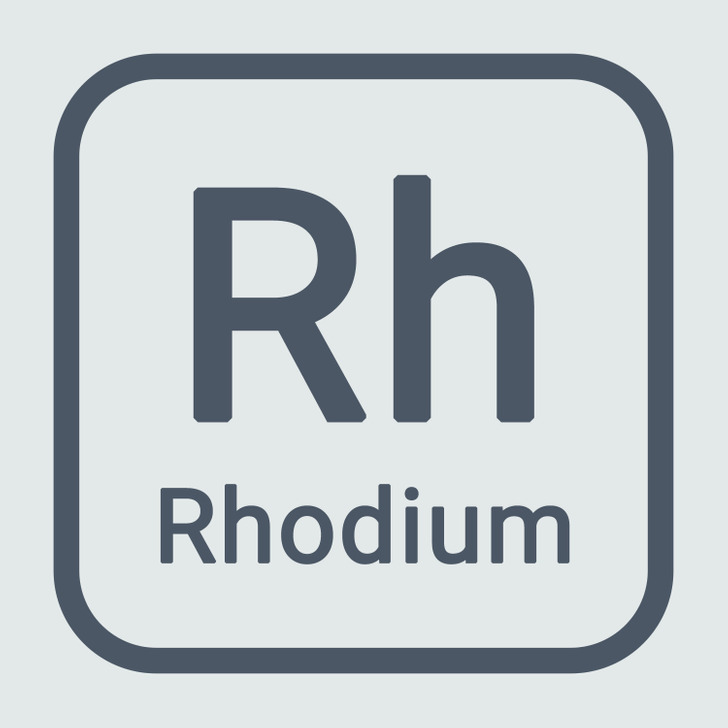
Rhodium is one of the metals in the platinum group. It was discovered by the English chemist William Hyde Wollaston in 1803. This metal costs more than gold and platinum and is considered to be the rarest and the most valuable in the world.
Rhodium is extremely rare in nature. Primary rhodium mines simply don’t exist. It is obtained as a by-product from the extraction of platinum, palladium, or nickel. Over 85% of rhodium is produced in South Africa.
Where rhodium is used
- Vehicle catalytic converters
- Protective coating on jewelry pieces to protect from scratches and tarnish
- A glass strengthening alloy, etc.
Rhodium plating
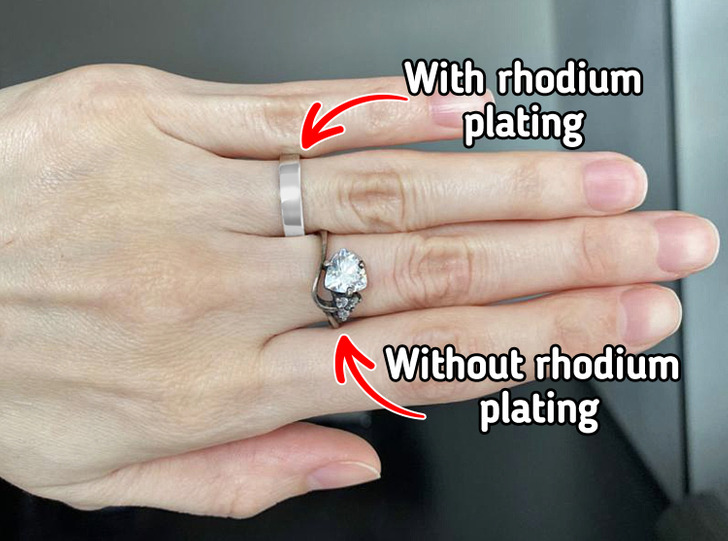
Rhodium plating is covering a piece of jewelry with a layer of rhodium.
Oftentimes, jewelry made of gold, silver, and other metals is coated with a thin layer of rhodium. This is done to give them shine and extra strength. The rhodium plating doesn’t get scratched, deformed, or corroded, and helps jewelry retain its shine for a long time.
Moreover, rhodium has a bright silver-white color and looks better than sterling silver, white gold, and platinum. However, it’s not possible to make a piece of jewelry that is 100% rhodium because it is a fragile metal. That’s the reason why it is applied in a very thin layer that protects an item from cracking. The ideal thickness of rhodium plating is between 0.75 and 1.0 microns.
Colors of rhodium
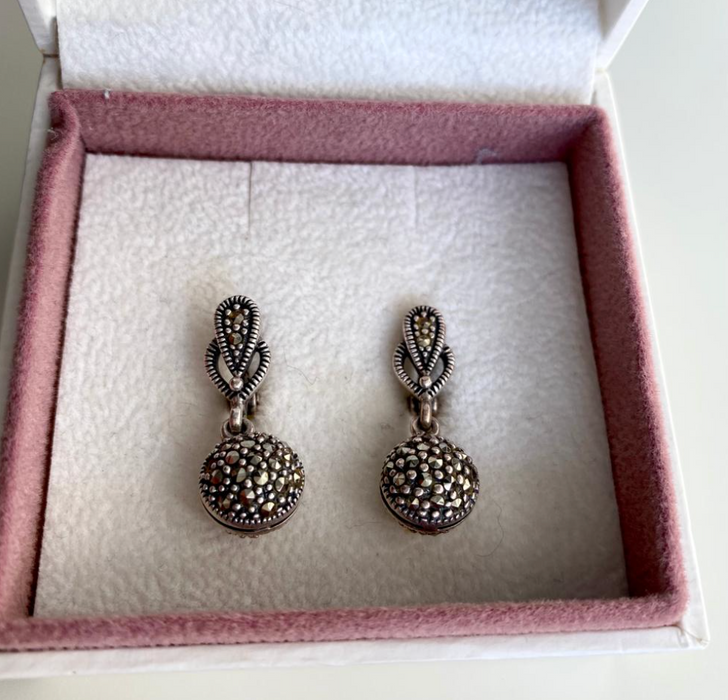
The real color of rhodium is silver-white. But there are also other hues when it comes to rhodium plating:
- black
- gray
- yellow
- pink
These colors are gotten by adding dyes to rhodium. Black rhodium-plated jewelry looks very stylish and bright. However, it is expensive to maintain. The fact is, the rhodium coating needs to be updated periodically, and the price of working with black rhodium can be very high.
Rhodium is nickel-free so it won’t tarnish over time.
Safety
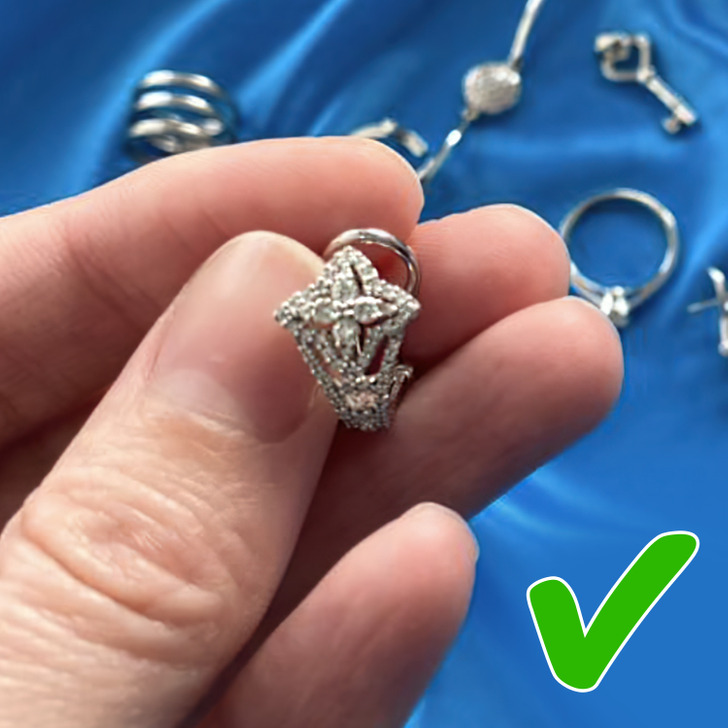
Rhodium is a hypoallergenic metal. It is non-toxic and safe. It is recommended for people with sensitive skin, babies, and for new piercings.
Rhodium plating is quite durable and doesn’t require the additional use of nickel or copper that leave green marks on the skin. Nickel can also provoke allergic reactions. Therefore, rhodium plating is perfect for people with sensitive skin.
Rhodium plating of silver
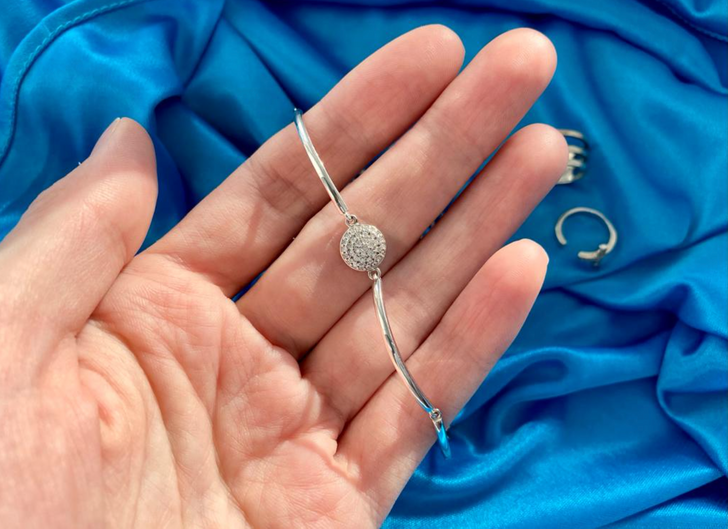
Rhodium plating makes silver whiter and brighter and protects it from scratches and wearing out. Pure silver is too soft to be used as jewelry. Silver products consist of 92.5% silver and, as a rule, 7.5% of other metals like copper, nickel, or a combination of both. It is these metals that cause the tarnishing of silver jewelry. The rhodium plating is good protection against it.
When rhodium plating starts to wear off on silver jewelry, it is not seen very much because the color of the metals is similar. Thanks to that, the replating can be postponed.
Rhodium plating of gold jewelry
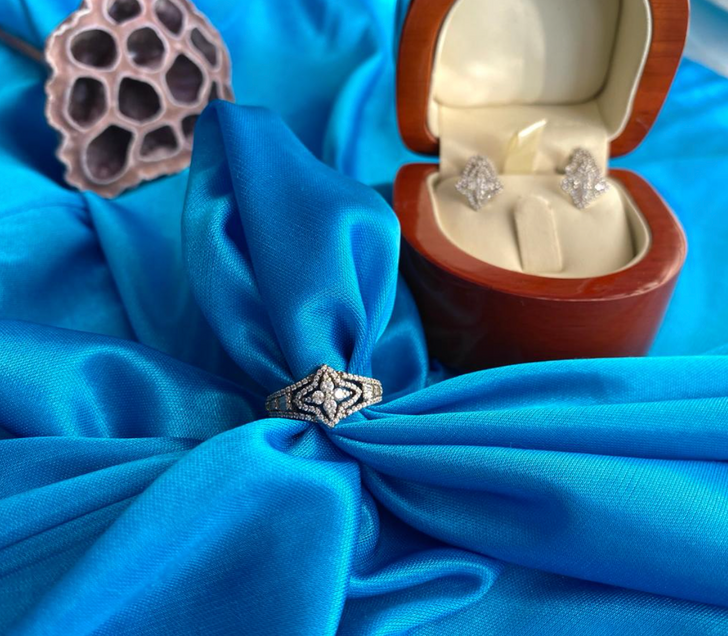
Various shades of gold are obtained by fusion or a combination of metals. To get the white color, they often add a nickel to yellow gold.
When it comes to yellow gold, it’s not recommended to cover it with rhodium. The difference in colors is too obvious, and when the coating starts to wear off, it will be very noticeable. Before receiving rhodium plating, gold is usually bleached by combining it with other metals. Even pure white gold is not white at all, but slightly yellowish. And rhodium plating solves the issue of the presence of a tint.
Most white gold jewelry is rhodium plated. Take a close look at your jewelry. If it looks like lustrous silver, it’s most likely rhodium plated. If the product has a light yellow tint, then you are probably holding real white gold.
Lifetime
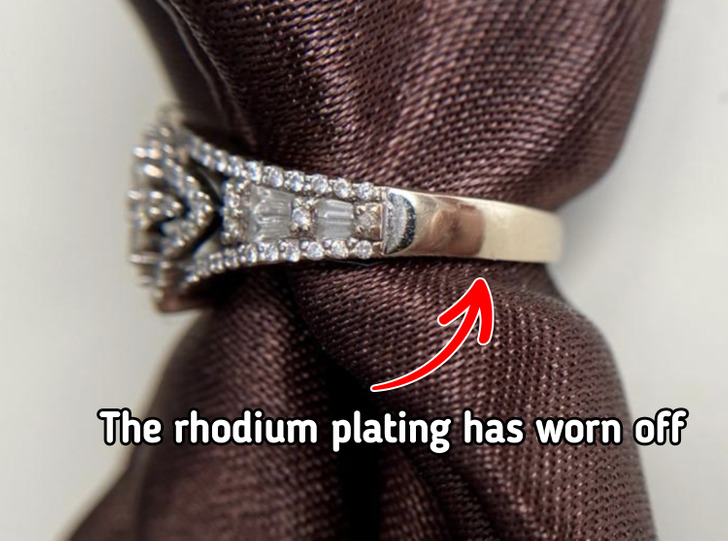
Rhodium plating lasts about a year on average. But no one can say for sure how long rhodium will remain on a particular piece of jewelry. This will depend mainly on the friction to which the product is subjected. With daily wear, a replating may be required after 6 months, and with rare wear, after a few years.
In order to understand whether your piece of jewelry requires replating, simply examine it closer. If you can see the main metal through the rhodium, it means it’s high time to get to the jeweler.
As a rule, the rhodium plating on rings wears out faster than other jewelry. Earrings and necklaces can be worn much longer and show less wear.
Don’t rush to replate your jewelry items. Unfortunately, too often rhodium replating can lead to the wearing out of the main metal.
How to take care of rhodium-coated jewelry
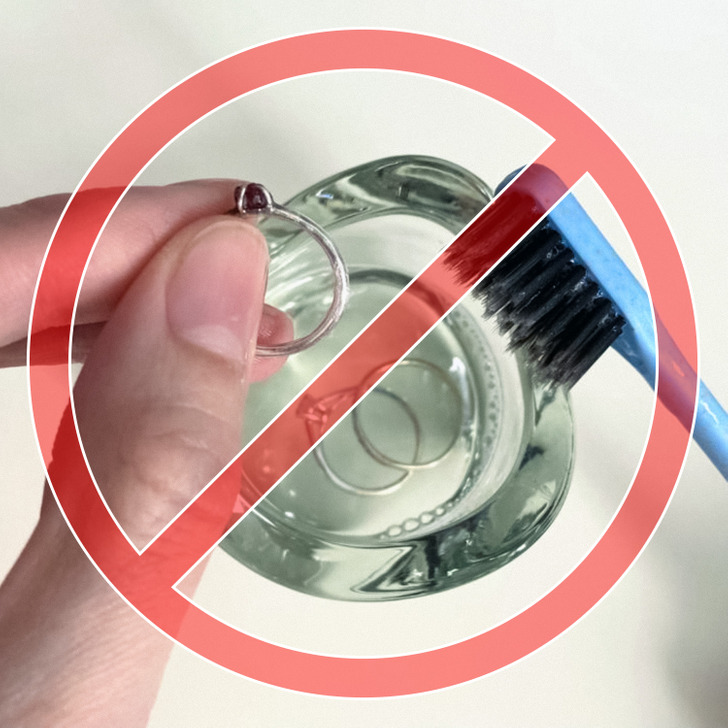
Rhodium doesn’t tarnish, it’s not recommended to clean rhodium-plated jewelry very often. Friction actually significantly speeds up their wear.
- Avoid water, soap, and aggressive chemical agents. Of course, a little water won’t damage the metal but still, it’s better to dry your jewelry completely.
- Don’t twist. Don’t put on or take off rhodium-plated jewelry with a twisting motion and avoid unnecessary touching.
- Don’t wear it everywhere. It’s not recommended to wear rhodium-plated jewelry to work out at the gym or outside.